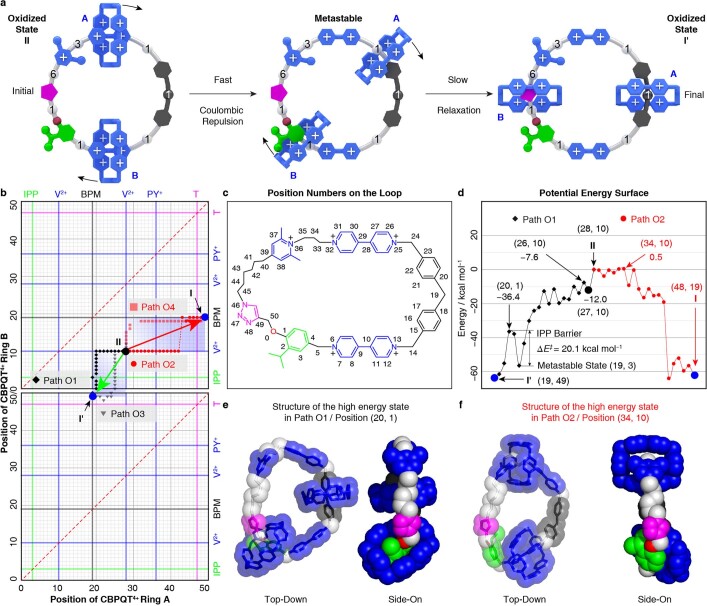Extended Data Fig. 4. Calculated PES of the oxidized [3]catenane [3]CMM13+.
a, Graphical representations of the process experienced by the [3]catenane in going from the oxidized state II (28, 10) to the oxidized state I′ (19, 49). b, A two-dimensional position map describing the movement of the two oxidized CBPQT4+ rings (A and B) around the loop. Four hypothetical paths O1–O4 during the oxidation process are illustrated by diamond (black), circle (red), triangle (grey) and square (light red) symbols, respectively. The green arrow indicates the preferred direction of movement and the red arrow indicates the less preferred (nearly precluded) direction of movement. The green, blue, black, blue and magenta lines represent the positions of the IPP, V2+, BPM, PY+ and T units, respectively. The dashed red diagonal line represents a barrier that cannot be crossed physically because the two CBPQT4+ rings would occupy the same space. c, Structural formula of the loop with atoms numbered to define the positions of the CBPQT4+ rings. d, The PESs of the two CBPQT4+ rings moving around the loop in the oxidized state starting from point II (28, 10) and following paths O1 and O2, respectively. The value for the energy barrier ΔE‡ of 20.1 kcal mol−1 was determined from the energy difference between the positions (19, 3) and (20, 1). The position (19, 3) corresponds to the metastable state on path O1. e,f, Quantum mechanical minimized structures (M06-2X/6-31G* basis set, top-down and side-on views) for the CBPQT4+ rings at positions (20, 1) and (34, 10), respectively. Quantum mechanical minimized structures of the lowest-energy state (19, 48) and metastable state (21, 3) are presented in Figs. 2a and 4a, respectively.

